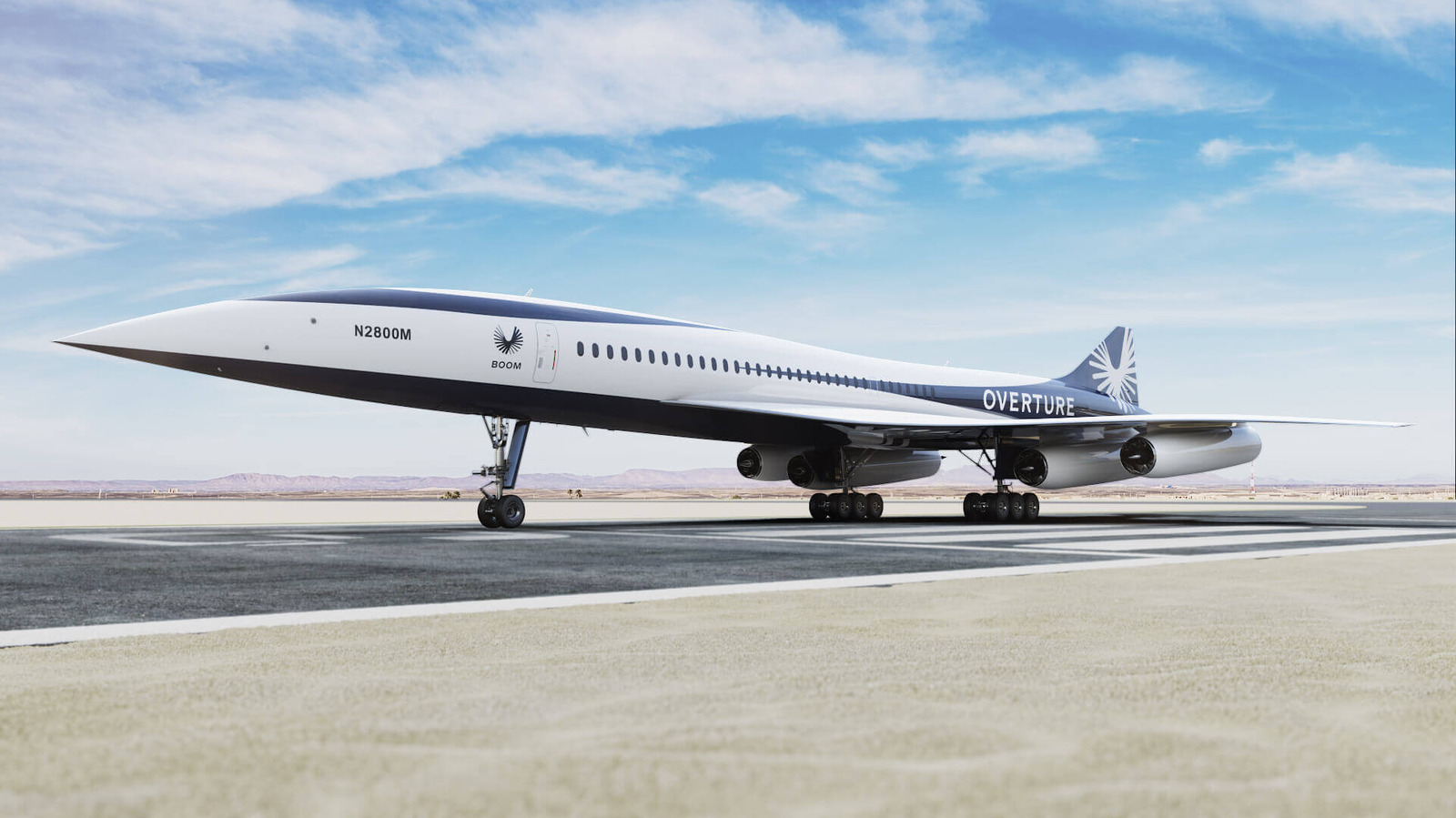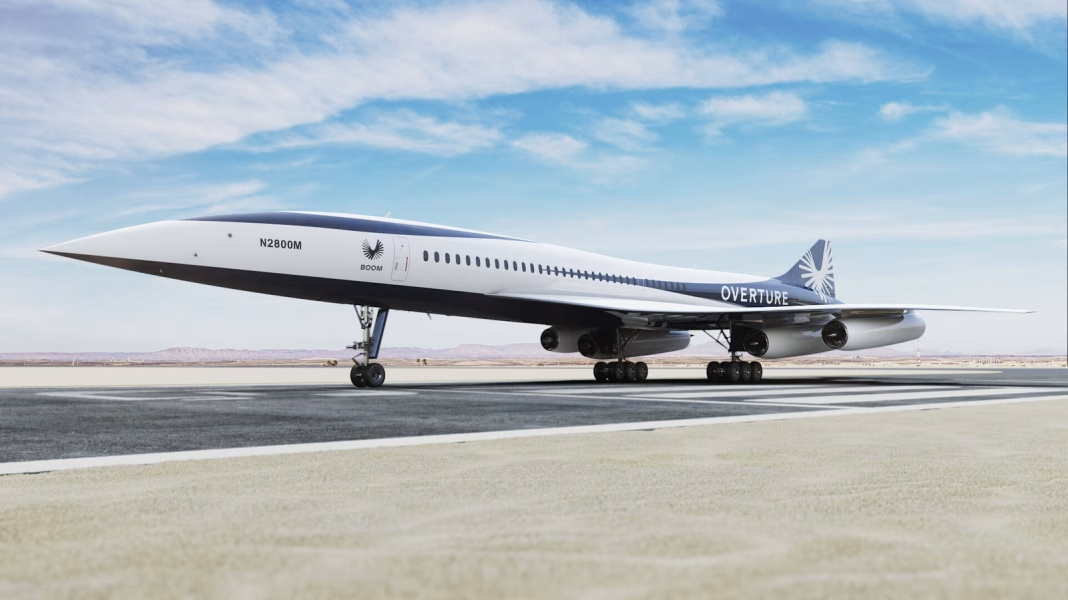Boom Supersonic has been making waves in the aviation industry with its ambitious plans for a new generation of supersonic air travel. The company’s flagship aircraft, the Overture, promises to whisk passengers across the globe at speeds that would make traditional air travel seem like a leisurely stroll. But there’s a catch: despite the excitement surrounding this technological marvel, Overture still faces significant regulatory hurdles, particularly when it comes to flying over the U.S.
What’s the Deal with Sonic Booms?
One of the biggest concerns with supersonic flight has always been the infamous sonic boom. This loud noise occurs when an aircraft exceeds the speed of sound, creating shockwaves that can be disruptive and even damaging. To address this, Boom Supersonic has touted its innovative design, claiming that Overture will produce no audible sonic boom on the ground. Sounds great, right? But here’s the rub: even with this promise, the aircraft is still not permitted to break the sound barrier over U.S. airspace.
The Federal Aviation Administration (FAA) has strict regulations in place regarding supersonic flight, primarily due to the potential noise pollution. While Boom’s technology aims to mitigate this issue, the FAA has yet to lift the ban on supersonic travel over land. This means that while Overture may be able to zip across oceans at incredible speeds, it will still have to adhere to the slower speeds when flying over the continental U.S.
Why Is the Ban Still in Place?
The ban on supersonic flight over land isn’t just a relic of the past; it’s rooted in concerns about noise pollution and environmental impact. The Concorde, the most famous supersonic passenger aircraft, faced backlash during its operational years due to the disruptive sonic booms it created. Communities near airports often complained about the noise, leading to stricter regulations.
Boom Supersonic is working hard to change perceptions. The company’s focus on sustainability—using sustainable aviation fuel and aiming for net-zero carbon emissions—could play a crucial role in convincing regulators to reconsider the current restrictions. However, changing regulations is a slow process, and it requires a significant amount of data and testing to prove that new technologies can operate safely and quietly.
What’s Next for Boom Supersonic?
As Boom continues to develop the Overture, it’s also engaging with regulators, airlines, and the public to build support for its vision of a new era of supersonic travel. The company has already secured partnerships with major airlines, which could help pave the way for future acceptance of supersonic flights.
Moreover, the success of Overture will depend not just on regulatory approval but also on public perception. If travelers embrace the idea of flying faster than ever before—without the disruptive noise—then the momentum for change could build rapidly.
The big takeaway? The future of supersonic travel isn’t just about speed; it’s about smarter adjustments and overcoming hurdles. Boom Supersonic is on a mission to redefine air travel, but it will take time, collaboration, and innovation to make it a reality. Keep an eye on this space—change is coming, and it might just take flight sooner than we think.


